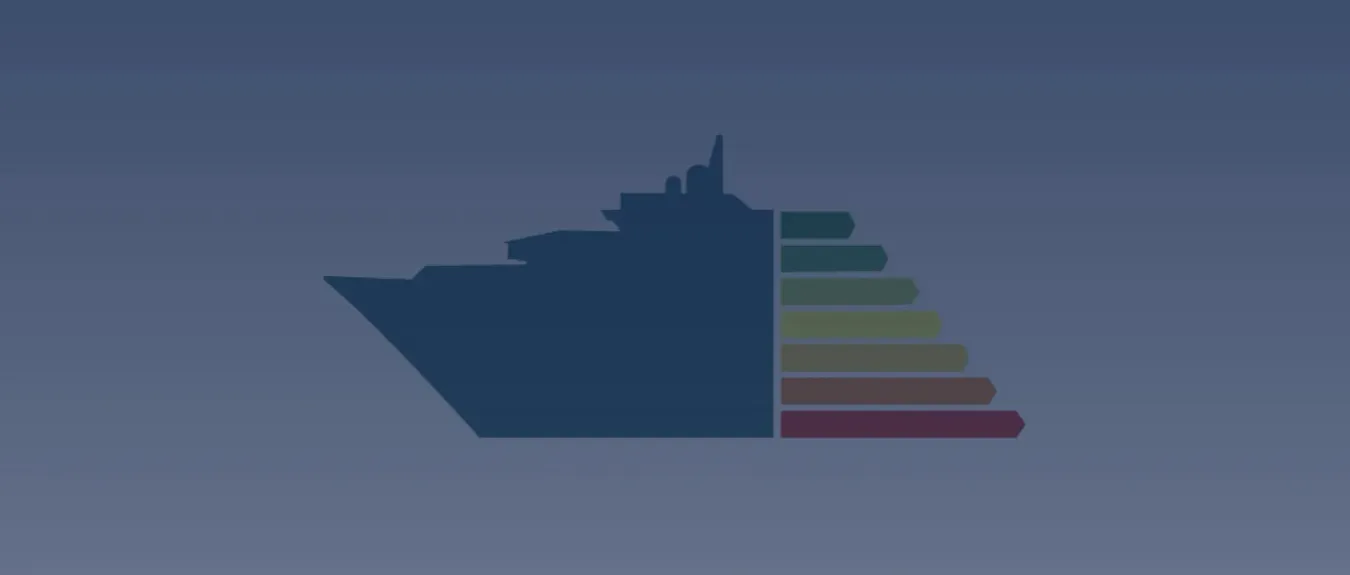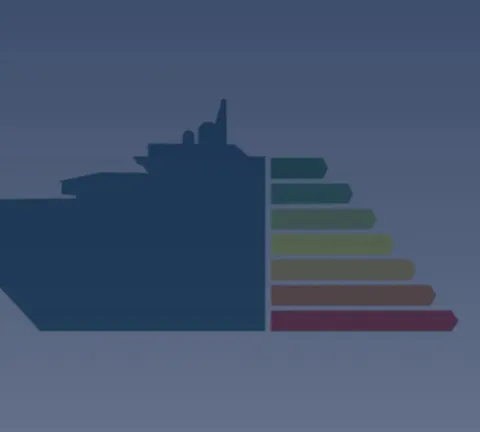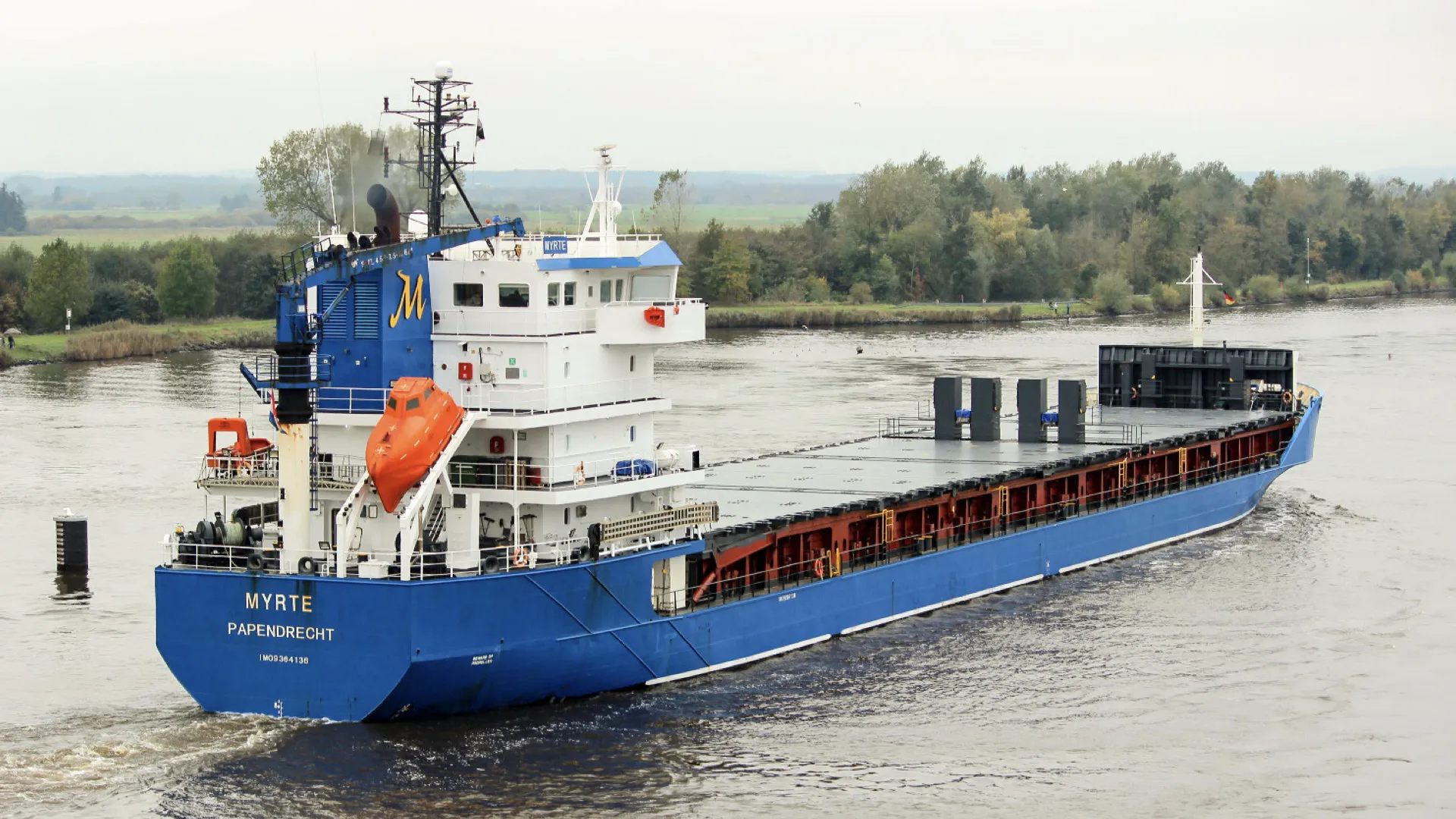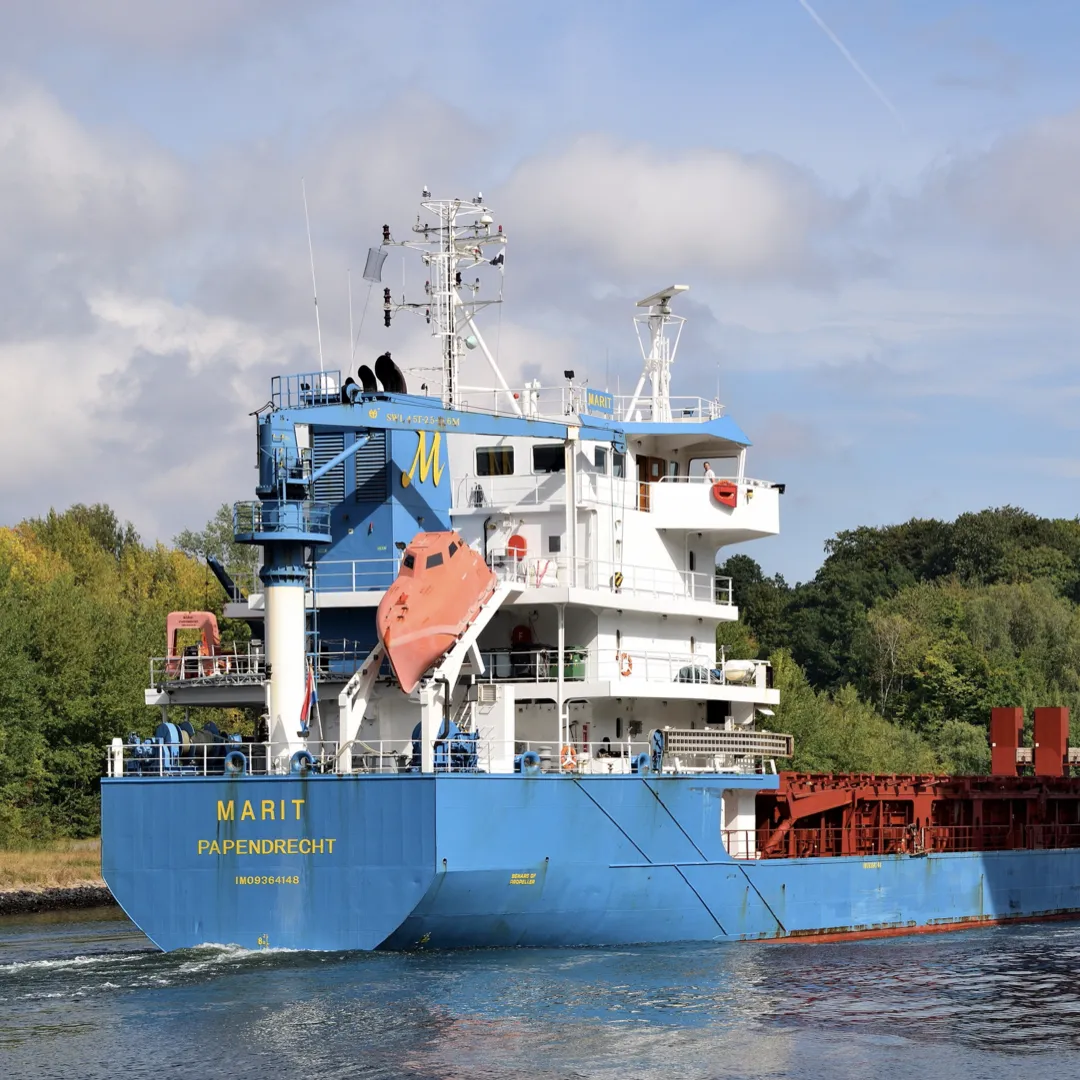
Express Analysis for Shipping

Discover possible ways to improve your ship’s efficiency with the Express Analysis from our selected partner. This in-depth feasibility study, specially designed for the shipping industry, examines and analyzes potential energy-saving solutions both below and above the waterline. As a result, fleet managers and technical directors can make informed decisions to enhance the sustainability of their current fleet, based on a quick and cost-effective technical analysis of available alternatives.
Express Analysis for Shipping
Discover possible ways to improve your ship’s efficiency with the Express Analysis from our selected partner.

Introduction
A streamlined approach involves collecting technical data from your existing ship or fleet, preparing and validating the numerical ship model, and selecting energy-saving technologies.
Using Computational Fluid Dynamics (CFD), potential underwater improvements are explored, and promising above-water innovations are analyzed with feasibility studies.
Subsequently, the most promising technologies are evaluated, resulting in a detailed report with recommendations and budgetary costs
Introduction
A streamlined approach involves collecting technical data from your existing ship or fleet, preparing and validating the numerical ship model, and selecting energy-saving technologies. Using Computational Fluid Dynamics (CFD), potential underwater improvements are explored, and promising above-water innovations are analyzed with feasibility studies. Subsequently, the most promising technologies are evaluated, resulting in a detailed report with recommendations and budgetary costs.
Data Collection
In the initial phase of the Express Analysis, a thorough data collection process is undertaken, gathering crucial technical information. This includes operational details, such as noon reports — daily reports with relevant operational data — as well as technical drawings, photos, and scanned data. This comprehensive dataset forms the foundation for an in-depth analysis, enabling the identification and evaluation of effective energy-saving opportunities for optimal improvement of your ship or fleet.
Numerical Model
In the next phase, the focus is on preparing and validating a numerical model. A comprehensive Computational Fluid Dynamics (CFD) model is developed for the entire ship, including the propulsion system and appendages. This model undergoes thorough validation, where the hydrostatics (geometries) and performance (speed, power, RPM) are compared against sea trials, tank tests, or other reliable performance data.
Technology Selection
In the third phase of the Express Analysis, the focus is on selecting the technologies to be investigated, both below and above the waterline. These choices are carefully made in line with your preferences as a client, considering technical feasibility, available budget, and time constraints.
Below the waterline, various areas can be studied, including the bow, and the use of Energy Saving Devices (ESDs) such as a Pre-Duct, Pre-Swirl Stator (PSS), Propeller Boss Cap Fin (PBCF), Twisted Rudder, and Rudder Bulb, as well as a redesign of the ship’s propeller blades.
To assess the feasibility and practical applicability of above-water innovations, such as a wind-assisted propulsion system, complimentary individual feasibility studies are available.
Hydrodynamics
In this step, the analysis of the hydrodynamics continues. Parametric models are created for each underwater technology, which are then integrated into the numerical model for simulation within the chosen scenarios. This process evaluates the power improvement compared to the baseline configuration. Each solution undergoes an individual analysis, without combining it with other solutions.
Combination
In the second-to-last phase of the Express Analysis, a final combination of the most promising technologies is assembled for joint evaluation. This approach provides a more realistic view of the performance improvement, which is crucial for the final assessment of the return on investment.
Reporting
Finally, you will receive a comprehensive report in English, presenting the data used, methodology, tools, calculation results, images, and final conclusions and recommendations. The report also includes technical limitations, identified risks, and budgetary costs for implementation.
In Practice
As an example, a ship management company conducted an Express Analysis to explore potential efficiency improvements for two coastal vessels. This investigation included examining Energy Saving Devices (ESDs). Based on the results, the client decided to begin with the installation of a Pre-Swirl Stator (PSS) on both ships.

Data Collection
In the initial phase of the Express Analysis, a thorough data collection process is undertaken, gathering crucial technical information.
This includes operational details, such as noon reports — daily reports with relevant operational data — as well as technical drawings, photos, and scanned data.
This comprehensive dataset forms the foundation for an in-depth analysis, enabling the identification and evaluation of effective energy-saving opportunities for optimal improvement of your ship or fleet.
Numerical Model
In the next phase, the focus is on preparing and validating a numerical model. A comprehensive Computational Fluid Dynamics (CFD) model is developed for the entire ship, including the propulsion system and appendages.
This model undergoes thorough validation, where the hydrostatics (geometries) and performance (speed, power, RPM) are compared against sea trials, tank tests, or other reliable performance data.
Technology Selection
In the third phase of the Express Analysis, the focus is on selecting the technologies to be investigated, both below and above the waterline. These choices are carefully made in line with your preferences as a client, considering technical feasibility, available budget, and time constraints.
Below the waterline, various areas can be studied, including the bow, and the use of Energy Saving Devices (ESDs) such as a Pre-Duct, Pre-Swirl Stator (PSS), Propeller Boss Cap Fin (PBCF), Twisted Rudder, and Rudder Bulb, as well as a redesign of the ship’s propeller blades.
To assess the feasibility and practical applicability of above-water innovations, such as a wind-assisted propulsion system, complimentary individual feasibility studies are available.
Hydrodynamics
In this step, the analysis of the hydrodynamics continues. Parametric models are created for each underwater technology, which are then integrated into the numerical model for simulation within the chosen scenarios. This process evaluates the power improvement compared to the baseline configuration. Each solution undergoes an individual analysis, without combining it with other solutions.
Combination
In the second-to-last phase of the Express Analysis, a final combination of the most promising technologies is assembled for joint evaluation. This approach provides a more realistic view of the performance improvement, which is crucial for the final assessment of the return on investment.
Reporting
Finally, you will receive a comprehensive report in English, presenting the data used, methodology, tools, calculation results, images, and final conclusions and recommendations.
The report also includes technical limitations, identified risks, and budgetary costs for implementation.
In Practice
As an example, a ship management company conducted an Express Analysis to explore potential efficiency improvements for two coastal vessels.
This investigation included examining Energy Saving Devices (ESDs). Based on the results, the client decided to begin with the installation of a Pre-Swirl Stator (PSS) on both ships.

Frequently Asked Questions
For which shipping sectors is this Express Analysis intended?
This Express Analysis, also known as a feasibility study, is primarily aimed at shipping companies and ship owners with existing sea and coastal vessels, with the goal of complying with global regulations by utilizing energy-saving technologies. This includes regulations such as the Energy Efficiency Existing Ship Index (EEXI) and the Carbon Intensity Indicator (CII), established by the International Maritime Organization (IMO).
Similar Express Analyses can be conducted for existing vessels in other sectors within the maritime industry, such as inland shipping, passenger shipping, fishing, dredging, offshore, and marine. These feasibility studies are tailored to individual needs.
Can assistance be provided with implementing energy-saving technologies after the outcomes of this Express Analysis?
Absolutely! The energy-saving solutions, both below and above the waterline, resulting from this Express Analysis, can be implemented directly on your vessels. For more information, check out our products in the areas of CO2-reduction and propulsion.
Can support be provided for the development of new, more efficient ship designs?
Certainly! This includes comprehensive research into potential improvements in hull designs, from the bow to the stern, including components such as propellers, rudders, and nozzles, as well as feasibility studies on innovative technologies above the waterline.
Similar to existing vessels, expertise in newbuild ships extends across various sectors in the maritime industry, including inland shipping, passenger shipping, coastal shipping, deep-sea shipping, fishing, dredging, offshore, and marine.
